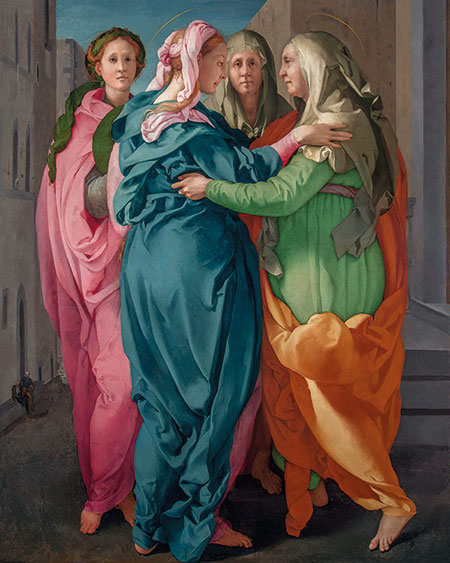LINCOLN CENTER
Alice Tully Hall
The Chamber Music Society of Lincoln Center
Baroque Collections
"As the holidays approach, many give thanks for their blessings, and for music lovers, there’s nothing to be more grateful for than the entire Baroque era, lasting roughly 150 years until the death of Bach in 1750. The art of chamber music was born during that time, performed on newly-improved instruments by the greatest composer-virtuosi of the day."
Quantz - Concerto No. 161 in G major for Flute, Strings, and Continuo, QV 5:174 (c. 1745)
Handel - “Eternal Source of Light Divine” from Ode for the Birthday of Queen Annefor Soprano, Trumpet, Strings, and Continuo (1713)
Bach - Aria No. 1 “Jauchzet Gott in allen Landen” from Cantata Jauchzet Gott in allen Landen for Soprano, Trumpet, Strings, and Continuo, BWV 51 (1730)
Handel - “Per te lasciai la luce” and “Un pensiero voli in ciel” from Il delirio amorosofor Soprano, Flute, Strings, and Continuo, HWV 99 (1707)
Vivaldi - Concerto in A minor for Bassoon, Strings, and Continuo, RV 497 (after 1720)
Handel - Armida abbandonata for Soprano, Two Violins, and Continuo, HWV 105 (1707)
Handel - “Let the Bright Seraphim” from Samson for Soprano, Trumpet, Strings, and Continuo, HWV 57 (1741-42)
Vivaldi - Concerto in D major for Violin, Strings, and Continuo, RV 208, “Grosso Mogul” (c. 1710)
"Our annual Baroque Collection program allows us to sample the enormous variety of music composed during that very fertile period of music history. It was a time when forces of change were at work, opening doors for previously unimagined instrumental capabilities, sound colors, and styles of concert experience.
Italian composer Antonio Vivaldi provides a good example of the diversity of musical activity taking place between roughly 1650 and 1750. Vivaldi's output includes sacred music (he was an ordained priest), over 40 operas, and more than 500 concertos. In addition, he produced a wealth of sonatas for solo instrument plus continuo, trio sonatas, duos, and just about every other combination of instruments that form the basis of the chamber music literature (save the string quartet and modern piano trio). The output of Johann Sebastian Bach is similar if not quite as voluminous, with his more than two hundred cantatas and multiple oratorios substituting for opera, making up in unmatched quality what he lacked in quantity.
Bach and Vivaldi moved fluidly during their careers between the church and secular musical environments. Vivaldi busied himself presenting concerts by the young girls of his orphanage; Bach had his Collegium, which performed in Zimmermann's coffee house in Leipzig. These famous composers and their countless contemporaries availed themselves of the growing number of opportunities during the Baroque to bring music to people in all manner of venues, a trend which continues today.
Today's program brings to the stage a variety of instruments which were fully utilized by Baroque composers. The flute, bassoon, trumpet, and harpsichord all strained at the bit as the violin soared to perfection in the hands of Antonio Stradivari around 1715, and by the end of the 18th century would begin to sprout the keys and valves that guaranteed them technical accuracy. In perspective, the demands on all instruments made by Baroque composers necessitated the instrumental improvements that today afford their works to unprecedented life and resplendent beauty."




















